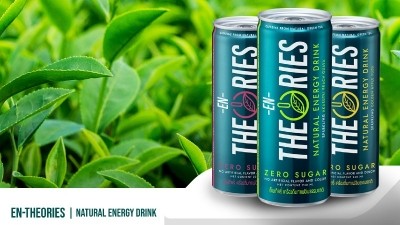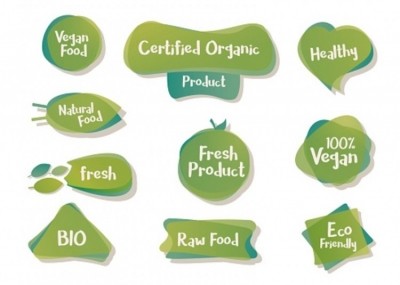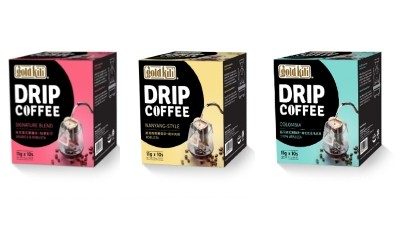High nutrient content and antioxidant effect of dates underscore application potential in functional snack bars – Saudi study

Despite the increasing popularity of nutritional bars, there is a dearth of research investigating changes in oxidative stress biomarkers following intake of these functional snacks.
To examine and compare the impact of formulated date-based bar (DBB) and fruit-based bar (FBB) on antioxidant status, a randomised cross-over study funded by the Deputyship for Research and Innovation, Ministry of Education in Saudi Arabia was conducted.
Twenty healthy male participants aged between 19 and 25 were asked to consume a Sukkari DBB on one day and a FBB on another, with five to seven days in between.
It was found that ingestion of 140g (510 kcal) of FBB or DBB raised total phenolic content (TPC) in the blood with time progression, reaching the highest levels at 120 minutes following consumption.
Total antioxidant capacity (T-AOC) increased significantly 120 and 180 minutes after intake of DBB, while no significant change was noted for FBB.
Oxidative stress is related to malondialdehyde (MDA) concentration, as increasing antioxidant levels decrease MDA content in plasma and tissues.
A significant decrease in MDA content was observed 180 minutes after consuming DBBs, while no significant change was observed for FBBs.
Superoxide dismutases (SODs) are important antioxidant enzymes in cells. No significant alteration in SOD concentrations was found up to three hours after ingestion of FBBs. On the contrary, an effective response was noted 120 minutes after consuming DBBs.
The data were further analysed to evaluate the relative changes (percentage increases or decreases) in plasma concentrations from baseline (fasting) measurements.
“The analysis demonstrated a strong and positive relationship between SOD and TPC at 60 and 120 minutes after DBB ingestion.
“Additionally, the results showed that DBB consumption led to a significant relative increase in TPC (p = 0.04) and SOD (p = 0.003) compared to FBB, while relative TPC, TOAC, or MDA changes did not differ significantly (p > 0.05) between FBB and DBB,” the authors wrote.
Date potential
Dates are rich in bioactive phytochemicals, including phenolic acids, polyphenols and carotenoids, and have been shown in recent in vitro and in vivo studies to have functional or pharmacological advantages.
Different types of dates can have vastly varying total phenolic contents. For instance, Ajwa dates contain hydroxycinnamic acids (a class of nonflavonoid phenols present in fruit).
Other dates like Sukkari, Mabroom, Khalas, and Nabtat-Saif contain flavonoids, such as quercetin, luteolin, apigenin, quercitrin, and rutin.
These phenolic compounds reduce lipid peroxidation, reduce oxidative stress, and improve antioxidant capabilities.
Functional nutrition bars have been garnering attention as an alternative delivery format to help support overall metabolic health for the general population and athletes.
“Date-based snack bars can benefit from the fruit’s wide range of bioactive compounds and high nutritional content, which includes dietary fibres and unsaturated fatty acids. Fruit-based bars are commonly utilised to meet consumers’ daily nutritional needs by incorporating natural sugars, vitamins, minerals, and other bio-nutrients.”
“The Sukkari DBB is nutrient-dense, applicable, convenient, inexpensive, and a better sugar alternative that meets calorie needs. Several studies have indicated that making different DBBs can be profitable due to their nutritional and functional benefits, and are expected to achieve greater international marketability.”
It should be noted that the present study has several limitations, including the small sample size and young demographic. Oxidative stress is known to be impacted by age, hence researching people of different ages might yield distinct findings.
“Also, the observation time after bar consumption was only three hours. This research will provide a piece of base evidence on the impact of formulated high-protein and high-energy bars on oxidative stress. Further studies with an extended experimental time are needed to validate the current findings,” the researchers concluded.
Source: Nutrients
https://doi.org/10.3390/nu16111794
“Postprandial Antioxidative Response to Ingestion of Formulated Date- and Fruit-Based Nutritional Bars by Healthy Individuals”
Authors: Manahel A. Alolyan, et al


















